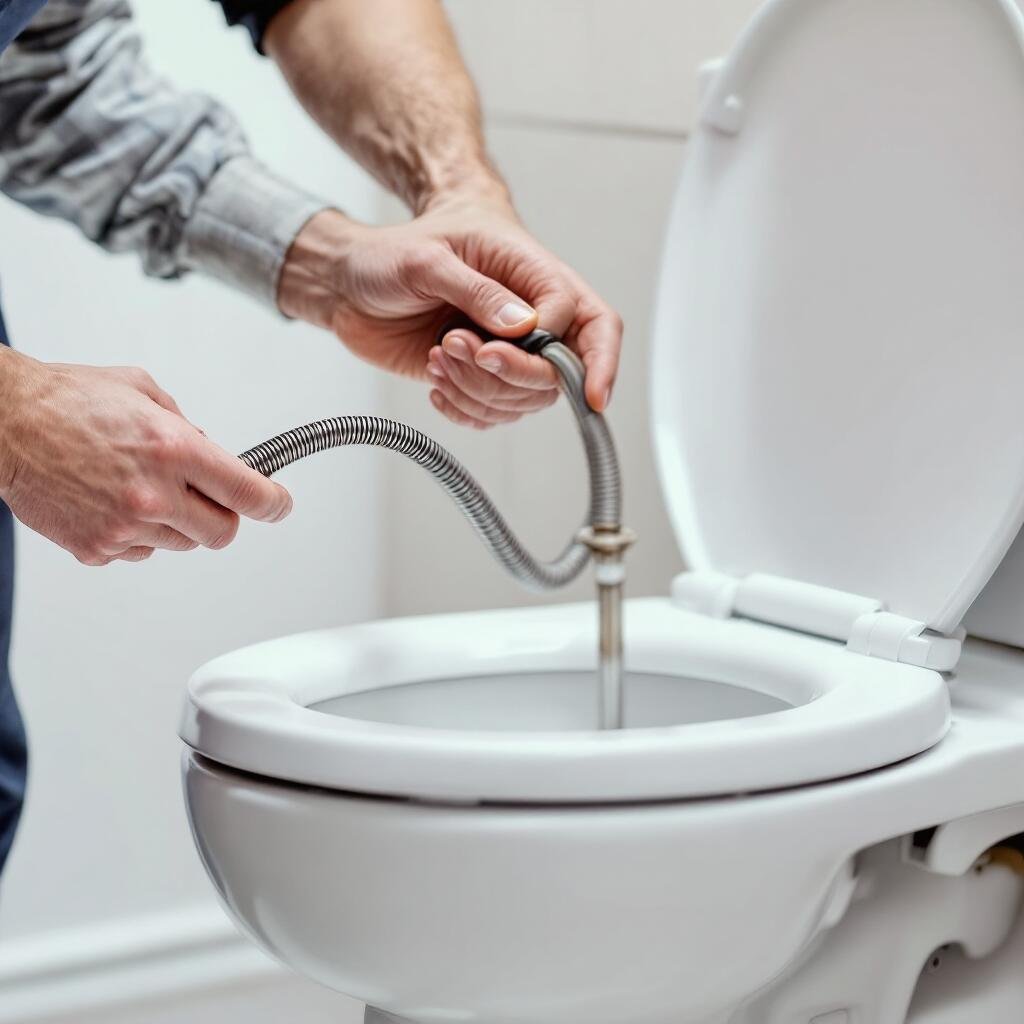Clogged toilets are one of the most frustrating and common household plumbing problems. If you’ve ever dealt with a stubborn clog, you know how inconvenient it can be—not to mention embarrassing when guests are involved. Fortunately, learning how to use a house plumbing snake toilet can save you time, money, and the hassle of calling a plumber for minor blockages.
Common Household Plumbing Issues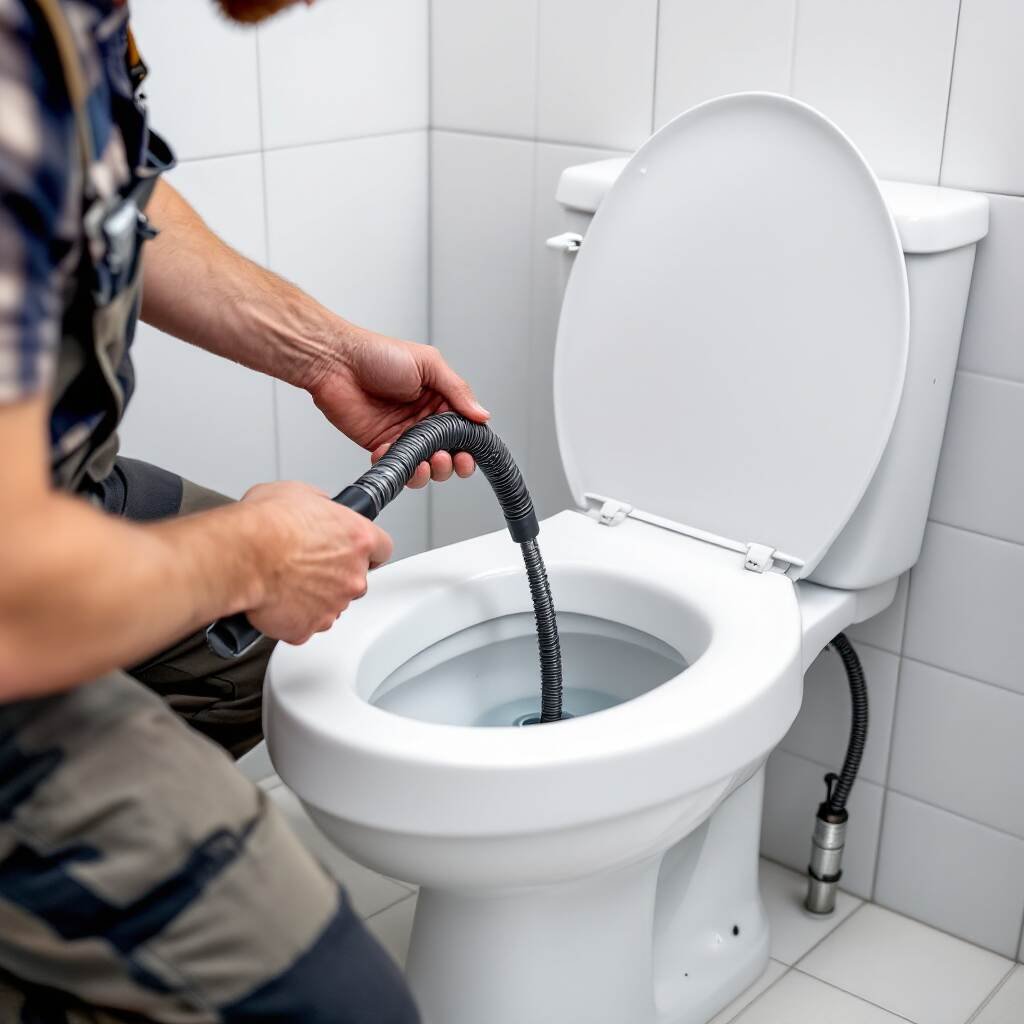
Toilets are essential fixtures in every home, but they’re also prone to clogs caused by hair, debris, excessive toilet paper, and non-flushable items. Plungers won’t cut it at some point, and that’s when a plumbing snake becomes your best friend.
Why You Should Learn to Use a Plumbing Snake
Knowing how to use a house plumbing snake toilet empowers you to fix clogs independently and can also prevent costly repairs. Instead of waiting for a professional, you can resolve blockages quickly and avoid further damage to your plumbing system.
What is a Plumbing Snake?
A plumbing snake, drain snake, or auger is a flexible, coiled metal cable designed to clear clogs in pipes. It works by breaking up or hooking onto the debris, causing the blockage.
There are different types of plumbing snakes, including:
- Manual Drain Snakes: Operated by hand; ideal for minor clogs.
- Electric Drain Snakes: Powered by a motor; suitable for tougher clogs.
- Toilet Augers: Specifically designed for toilets, with a protective rubber coating to avoid damaging porcelain.
Each type serves a different purpose, so choosing the right snake is essential.
When Should You Use a Plumbing Snake?
A plumbing snake is typically used when a plunger fails to clear the clog. Signs you need a plumbing snake include:
- Water backing up in your toilet.
- Persistent slow drainage.
- Gurgling sounds from the Drain.
Snaking is safer for your pipes and the environment than chemical drain cleaners.
How Does a Plumbing Snake Differ from Other Drain Tools?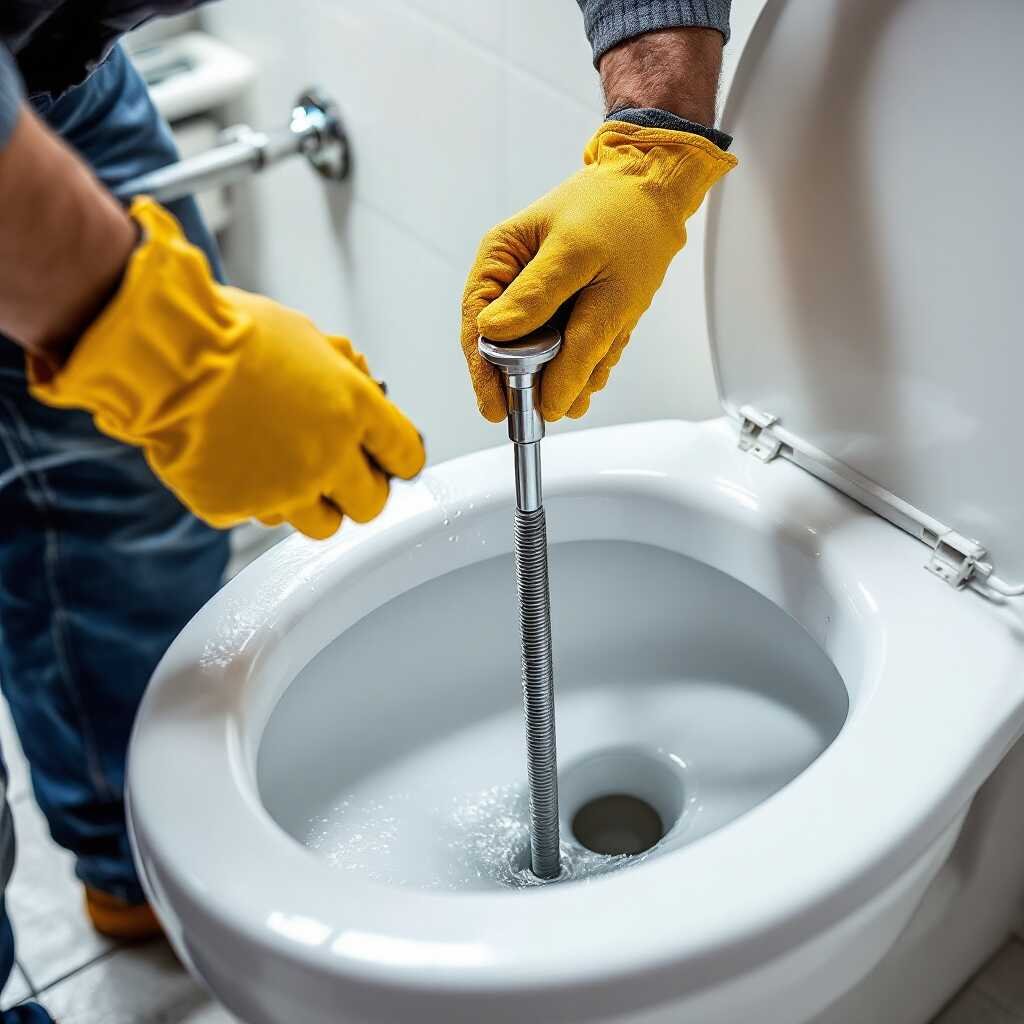
Here’s a quick comparison of common unclogging tools:
ToolBest ForProsCons
Toilet Auger Toilet clogs are safe for porcelain and easy to use. They are limited to toilets only.
Standard Snake General clogs in sinks/pipes are versatile and affordable. They can scratch toilet surfaces.
Wire Hanger Small, shallow clogs Affordable and DIY-friendly Not effective for deep or tough clogs
While DIY hacks like wire hangers may sometimes work, a plumbing snake is more effective for stubborn clogs.
Tools and Preparation
Choosing the Right Plumbing Snake for Your Toilet
When shopping for a plumbing snake, keep these features in mind:
- Length: A 3-6 foot toilet auger is ideal for most home clogs.
- Material: Look for durable cables with a protective coating.
- Ease of Use: Opt for ergonomic handles for manual models.
For beginners, brands like RIDGID and Cobra offer reliable options.
Essential Safety Gear and Supplies
Before getting started, gather the following:
- Rubber gloves to protect your hands.
- Goggles to shield your eyes from splashes.
- Towels and a bucket for cleanup.
- Disinfectant for sanitation.
Safety is crucial when working with plumbing tools, as you’ll deal with waste and potentially harmful bacteria.
Preparing Your Work Area
A little preparation goes a long way:
- Lay towels around the toilet to catch spills.
- Remove excess water from the bowl using a bucket or sponge.
- Arrange your tools within reach for easy access.
Step-by-Step Guide: How to Use a House Plumbing Snake Toilet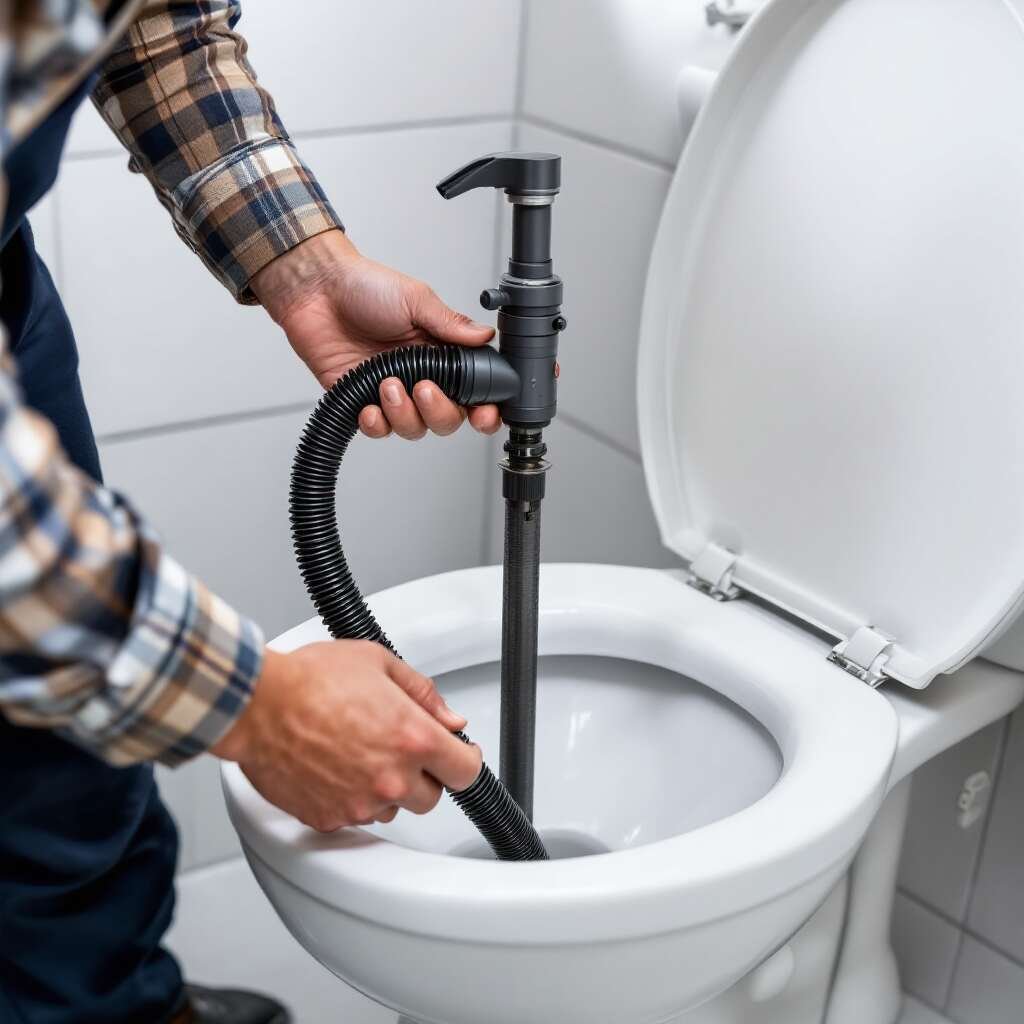
Test with a Plunger First
You may also read (how to prevent backflow in your home plumbing system).
Always start with a plunger to see if the clog can be dislodged. Use the proper technique:
- Create a tight seal over the Drain.
- Push and pull the plunger in quick, firm motions.
- Check if the water drains properly.
If the clog persists, it’s time to use your plumbing snake.
Insert the Plumbing Snake
- Place the snake’s end (auger head) into the toilet bowl.
- Position it at the drain opening, ensuring the protective rubber coating doesn’t scratch the porcelain.
Feed the Snake into the Drain
- Slowly turn the handle clockwise to extend the cable.
- Guide it gently; avoid forcing it to prevent damage to the pipe.
- You’ll feel resistance when you reach the clog.
Break Up or Hook the Clog
Once you locate the blockage, rotate the snake to:
- Break up debris into smaller pieces.
- Hook larger obstructions for removal.
For stubborn clogs, patience is key—work the snake back and forth to loosen the material.
Retract the Snake and Test the Toilet
- Slowly retract the cable while turning the handle.
- Flush the toilet to check if the blockage is cleared.
- Repeat the process if necessary.
Clean Up and Disinfect
After clearing the clog:
- Clean the snake thoroughly with disinfectant.
- Sanitize the toilet and surrounding area.
- Wash your hands and dispose of waste properly.
Troubleshooting & Advanced Tips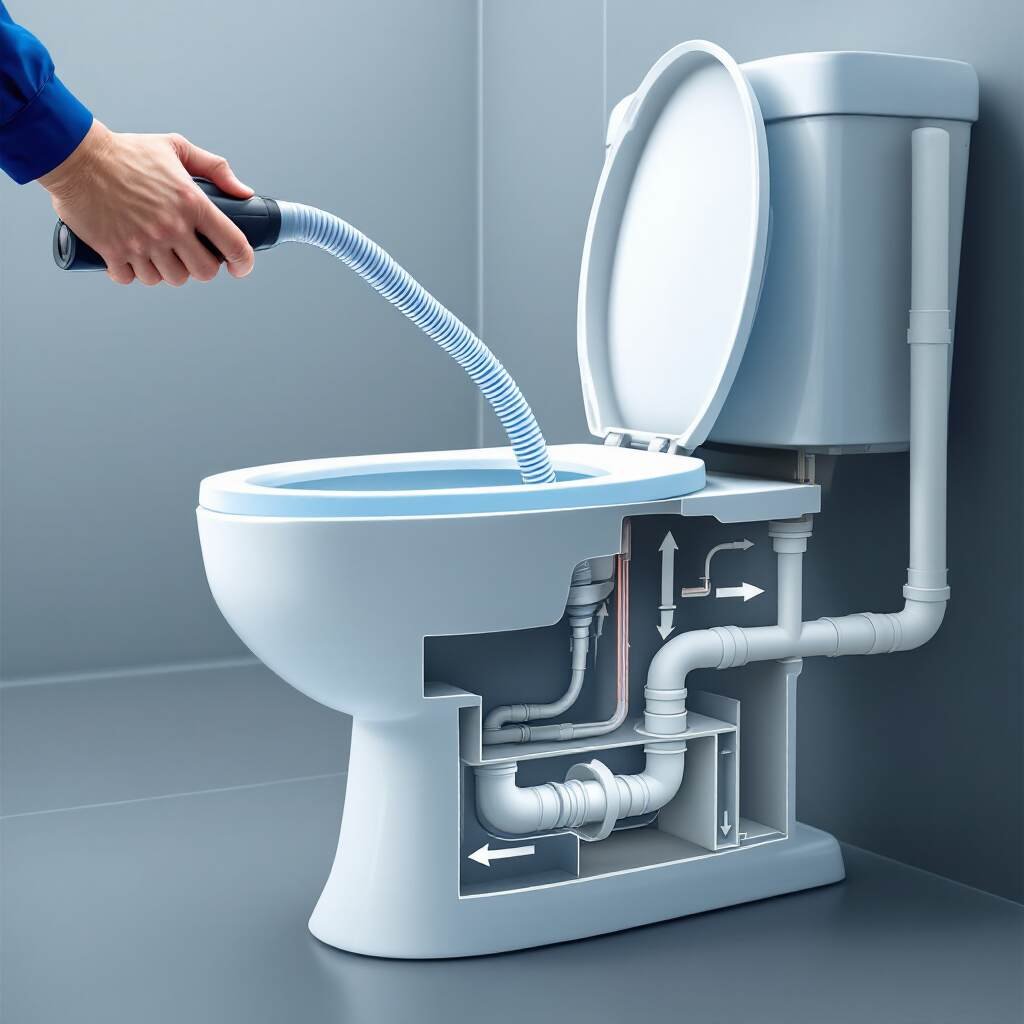
What If the Snake Gets Stuck?
If your snake gets stuck:
- Gently rotate it counterclockwise to retract.
- Avoid pulling forcefully to prevent pipe damage.
- Call a professional if you can’t free the snake.
Signs of a More Serious Plumbing Issue
Some clogs indicate deeper problems, such as:
- Recurring blockages despite snaking.
- Slow drainage in other fixtures (e.g., sinks, tubs).
- Foul odors or sewage backups.
These are signs of a potential sewer line issue requiring professional attention.
Alternative Methods for Tough Clogs
If snaking doesn’t work, consider:
- Wire Hangers: Straighten a hanger and use it to fish out debris.
- Chemical Drain Cleaners: Use sparingly, as they can damage pipes.
- Professional Tools: High-powered hydro-jetting may be needed for severe clogs.
Preventative Maintenance
Habits to Prevent Toilet Clogs
- Only flush toilet paper and human waste.
- Avoid flushing wipes, paper towels, or hygiene products.
- Regularly clean your toilet to prevent buildup.
Regular Plumbing Inspections
Schedule routine checks to:
- Identify potential issues early.
- Maintain optimal water flow.
- Ensure your plumbing system functions efficiently.
You may also read (how can i learn plumbing for my home).

